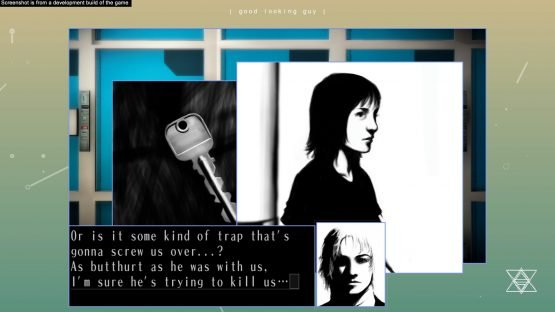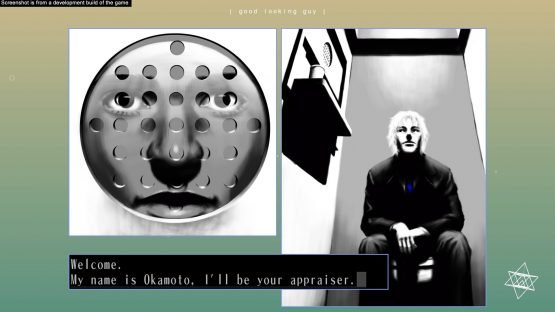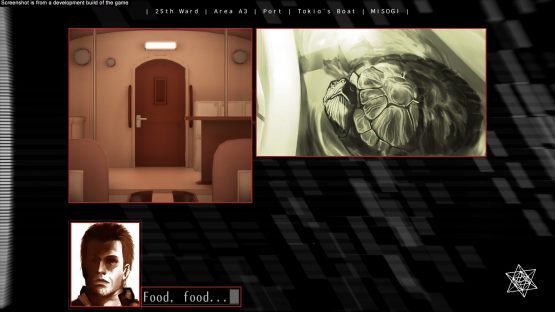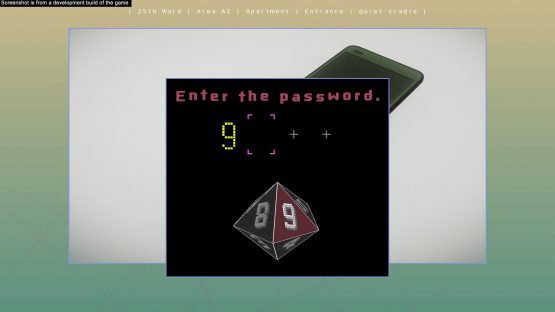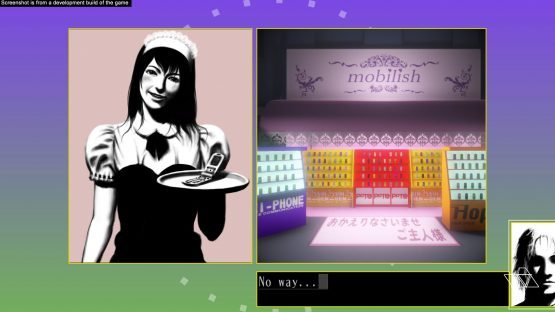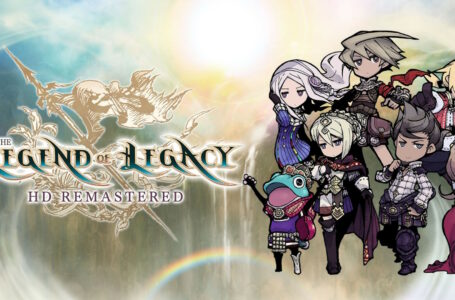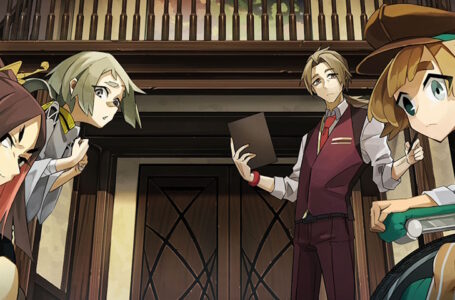The 25th Ward Review – Revive the Past (PS4)
Previously a “phantom game”, the initially Japanese exclusive The 25th Ward hasn’t been available anywhere at all for quite some time. The reason? This follow-up to PS1 visual novel The Silver Case was a now-undistributable 2005 mobile phone game — with this full remake making it available again, and for the first time for the west.
And make no mistake about it — this is a follow-up to The Silver Case. While in a lot of ways it stands on its own, following a lot of new characters investigating new mysteries in a sort of near future sci-fi city — it quickly becomes mired in the lore and themes of the first one. And with how it’s presented, this doesn’t even do it many favours even for fans of the first game. It’s a great addition to world of The Silver Case, but in being a broader, loses some of the tight magic of that first lo-fi thriller.
The 25th Ward feels lacking in some modern visual novel amenities.
The first game got away with a lot as a remaster of a PS1 game. But here, with a bigger remake — moving from 2005 era mobile phone games to PS4 is a huge undertaking — it feels lacking in some modern visual novel amenities that should have been included. Especially when it comes to an absence of things like text fast forward skip, text history, and any sort of glossary or compendium of terms. Even as someone who played and loved the first one, I often found a lot the references hard to remember, and even harder to Google given the series’ relative obscurity in the west.
The story is set within the titular 25th ward — a new, independent city-state created to surpass The 24th Ward (the setting for The Silver Case). Like the 24th Ward, the 25th is also a utopia that hides some dark secrets, but in a bit of a different way. Things here feel a bit more surreal and obviously mad, though you don’t get as much of a feel of the breadth of the city as you do in the first game.
Some stellar artwork pops, but at the same time it feels like there are less pieces that build a full scene, relying instead on fairly boring polygonal environments — perhaps a holdover of its original mobile design.
The incidents in The 25th Ward feel right at home next to the rest of Suda 51’s punk-game portfolio.
Where The Silver Case intertwined two narrative paths, The 25th Ward has three. Once again you follow a branch of the Heinous Crimes Unit (a new team for this new city) as they seek to eradicate the “crime virus” with extreme prejudice in the “Correction” route; Tokio Morishima, an ex-reporter turned detective returns completely in “Placebo”, following on his cliffhanger ending in the last game; and a brand new pathway, “Match Maker”, that follows the Regional Adjustment Bureau of the 25th Ward, who pulling a lot of the city’s puppet strings themselves, but also find themselves out of their depth.
Postal workers who kill people for sorting their trash wrong; a man who’s made of polygons and digital data; a series of encounters with hitmen that lampoon JRPG turned-based battles — the incidents in The 25th Ward are more “out there” than in The Silver Case, and feel right at home next to the rest of Suda 51’s punk-game portfolio.
Despite some of the interesting premises, it’s all spread a bit thin between the three different perspectives. With the first game each case felt quite tight and episodic, with them coming together between the two perspectives, and then completely at the end of the game. Here, the narratives are a lot more muddled, and while they’re enjoyable to follow along, they just don’t make for a satisfying complete story.
Still, it does have its own share of improvements. Primarily with the UI, which was one of the clunkiest elements of the first game. Now, we have a constant polygon of options that morphs into dice-esque shapes of different sizes — from d4s to d20s and beyond. Occasionally these grate as an input, especially when it comes to entering answers to puzzles in the English alphabet.
Despite being a remake, a lot of this design and structure still feels rooted in its origins as a mobile game
In general the puzzle difficulty is all over the place. Many of them are very easy, only challenging you to remember passwords. Others can be brutal, almost setting you off knocking door to door in a huge apartment building — and the clues to how to figure it out without literally doing that tough to come by going in blind.
Despite being a remake, a lot of this design and structure still feels rooted in its origins as a mobile game, and feel like they may have originally been designed for a number pad.
While The 25th Ward is still a great, gripping sci-fi crime story, it’s really only going to appeal to big fans of the first game
While The 25th Ward is still a great, gripping sci-fi crime story, it’s really only going to appeal to big fans of the first game (which is well worth a play). Obviously it’s a big step up from the original as a remake, and visually looks great — though it’s lacking in features compared to other visual novels in a way that seriously hinders its accessibility, and results in its lore being needlessly dense.
Hopefully the remakes have rekindled the desire to see more “Kill the Past” games in future. It’d be great to see them made from the ground up in the modern age. Perhaps it’s time for Suda 51 himself to kill the past.



